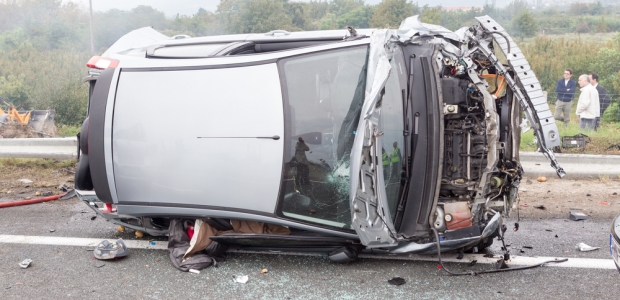
Motor Vehicle Deaths Worldwide Stabilize: WHO
"Road traffic fatalities take an unacceptable toll, particularly on poor people in poor countries,” said Director-General Dr. Margaret Chan. "We're moving in the right direction. The report shows that road safety strategies are saving lives, but it also tells us that the pace of change is too slow."
A report published this week by the World Health Organization shows that motor vehicle fatalities worldwide are plateauing at about 1.25 million people, even though total vehicles and the global population have risen. Still, WHO's global status report on road safety 2015 is worrisome to agency officials. "Road traffic fatalities take an unacceptable toll, particularly on poor people in poor countries,” said Director-General Dr. Margaret Chan. "We're moving in the right direction. The report shows that road safety strategies are saving lives, but it also tells us that the pace of change is too slow."
During the past three years, 79 countries have seen a decrease in fatalities while 68 countries have seen an increase, according to the report, which attributes the most successful countries' improvement to stronger legislation, enforcement, and making roads and vehicles safer. Seventeen countries have aligned at least one of their laws with best practices on seat belts, DUI, speeding, motorcycle helmets, or child restraints, it says.
It also says the risk of dying in a road traffic crash still depends primarily on where people live and how they move around. Low- and middle- income countries account for 90 percent of road traffic deaths, although they have 54 percent of the world's vehicles. Europe has the lowest death rates per capita, while Africa has the highest.
"Thanks to stronger laws and smarter infrastructure, nearly half a billion people in the world are better protected from road crashes than were just a few years ago. And we have the opportunity to do much more, especially when it comes to enforcing laws. Every life lost in a road crash is an avoidable tragedy, and this report can prevent more of them by helping policy-makers focus their efforts where they'll make the biggest difference," said Michael R. Bloomberg, founder of Bloomberg Philanthropies and former mayor of New York. The report was funded by Bloomberg Philanthropies.
The report also says motorcyclists account for 23 percent of all road traffic deaths, and in many regions this problem is increasing. In the Americas, the proportion of motorcycle deaths out of all road traffic fatalities rose from 15 to 20 percent between 2010 and 2013, while in southeast Asia and the Western Pacific region, one-third of all road traffic deaths are motorcyclists. Pedestrians and cyclists account for 22 percent and 4 percent of global deaths, respectively.
The 2nd Global High-Level Conference on Road Safety will be held in Brasilia, Brazil, Nov. 18-19.